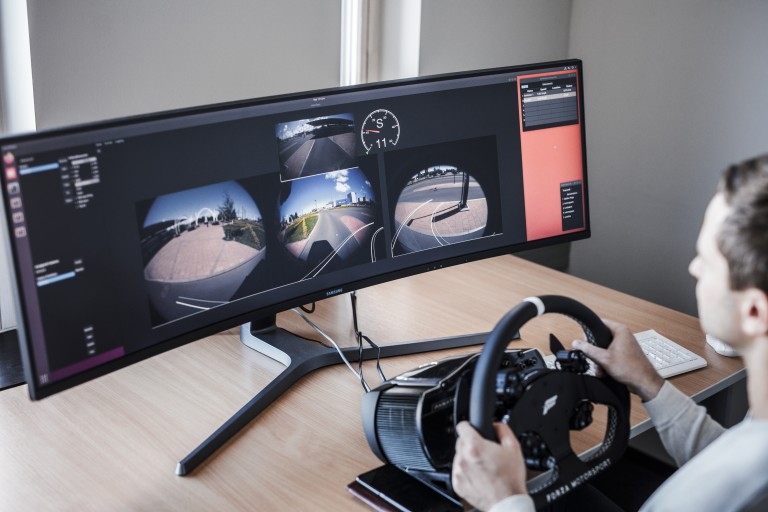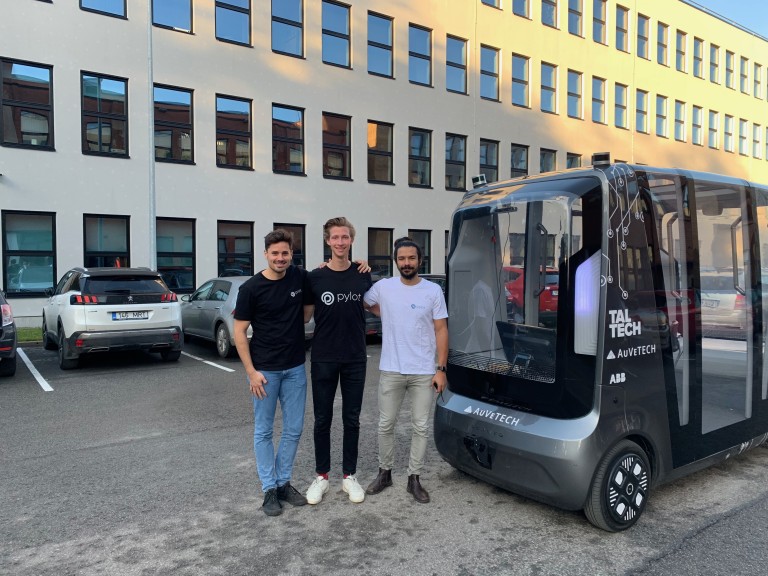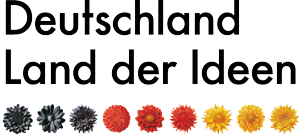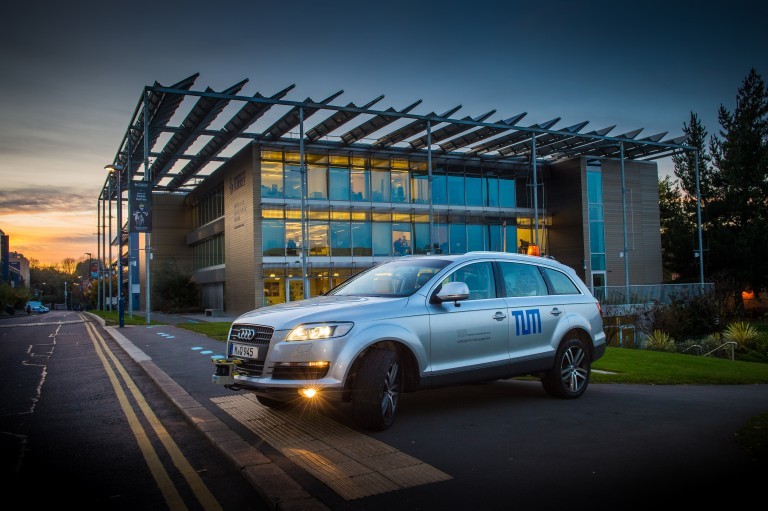The technology of autonomous driving justifiably fascinates many people. Driverless vehicles have the potential to solve some of the greatest problems facing humanity, such as serious accidents on our roads, high levels of emissions or inequalities in access to mobility. In addition, huge industries such as the logistics sector have an urgent need for driverless means of freight transport in order to remain competitive in the face of threatening trends such as rising cost pressure and a shortage of drivers. The need for a driverless solution is thus extremely pressing and time-critical, but the development of autonomous technologies up to commercial maturity will take many more years yet. We at Fernride do not intend to wait that long. With our sophisticated teleoperations technology we are already remotely controlling driverless vehicles over long distances and across national borders and making it possible for our customers to reap the fruits of tomorrow’s technology today.
Hendrik Kramer, co-founder and CEO, Fernride GmbH

Fernride is developing a teleoperations platform with which driverless vehicle fleets can be remotely controlled by human teleoperators over long distances, including across national borders, via the mobile communications network. This means that the potential inherent in driverless means of freight transport and mobility is already being harnessed today. The teleoperations platform can be integrated into any vehicle (from forklift trucks through shuttle buses to heavy goods vehicles). One of its major features is a first-class human-machine interface, which enables the teleoperators to master even complex scenarios. User experience for the teleoperator is the crucial factor for safe and efficient remote control and is thus the principal focus for Fernrider’s developers, in order to ensure that the teleoperators have optimum situation awareness.
Critical fundamental functional modules, which distinguish Fernride’s solution, are additionally a reliable connectivity plus cyber security and functional safety in automotive quality (complying with ISO 26262), in order to ensure safe remote control even in the most difficult situations and environments.
Good to know
- Fernride was founded by Hendrik Kramer, Maximilian Fisser and Jean-Michael Georg in 2019 and already has a staff of 20.
- Teleoperation is the remote control of driverless vehicles via the mobile communications network over long distances. Driverless shuttle buses, remotely controlled by Fernride’s teleoperators from Munich, are already in operation today in Estonia.
- Fernride’s teleoperations technology is based on ten years of research at Munich University of Technology.
- Alongside functional safety and cyber security, the centrepiece of the technology is the sophisticated human-machine interface, which was developed on the principles of human-centred design and enables the efficient and stress-reduced teleoperation of vehicles.

Interview with Hendrik Kramer, Co-Founder and CEO, Fernride GmbH
How did you come up with the idea for your project?
For the past five years, Jean-Michael Georg has been writing his doctoral thesis on the subject of teleoperation. The automotive engineering experts in his department realized at an early stage that teleoperation would make it possible to unlock the potential inherent in driverless means of freight transport and mobility independently of the development of autonomous technologies. In 2019, he joined up with Hendrik Kramer und Maximilian Fisser, and together, they decided to found a start-up out of the research, Fernride, and make vehicles driverless today.
What challenges did you face during implementation?
There are thousands of possible use cases for our teleoperations platform – from yard logistics through autonomous shuttle buses to small delivery robots. Because of the high level of complexity, we have to evaluate, for each use case, what technological developments are necessary for implementation, what safety requirements have to be met and what costs will be incurred.
Another challenge we face is finding, among the numerous possible fields of application for teleoperation, the ideal use case that will get Fernride up and running as quickly as possible (strategically) and at the same time as appropriately as possible (in the long run).
Where do you see your project in five years?
In five years’ time, Fernride will be operating large driverless fleets on private sites, such as logistics and factory sites but also universities, and the first vehicles controlled by Fernride will also be deployed on public roads.
What is your advice for others who have a good idea and want to translate it into action?
Assemble a team whose members complement one another and prepare yourselves for a fascinating time. Because the time you have will be limited, it is absolutely essential, especially at the start, that you set clear priorities and focus squarely on the project and one thematic area (while also knowing why you are focusing on this very niche and not on another). And then you need to demonstrate stamina and conduct tests with potential customers and users as early as possible.




